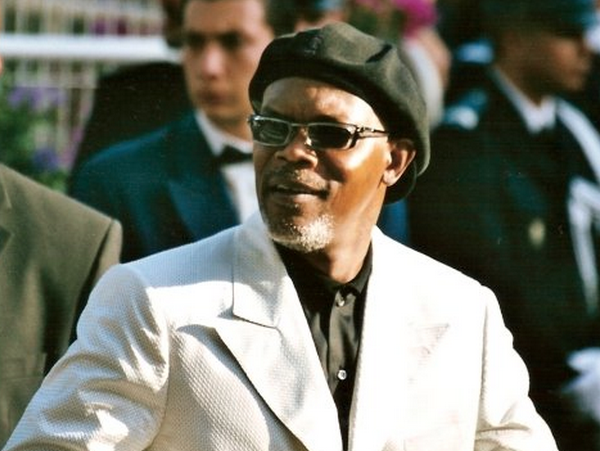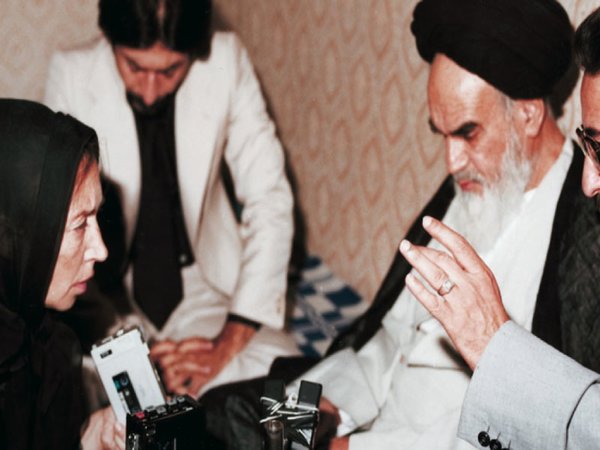Critiquing those who peddle tabloid journalism is kind of like using barrel-bound aquatic vertebrates for target practice. That said, it’s also a lot of fun and has the added bonus of making one feel like one’s journalism training is not going to waste.
Depending on your daily newspaper of choice you might or might not have heard about the case of Sudanese refugee Liep Gony. On February 17 Supreme Court judge Elizabeth Curtain overturned a ruling she had made in December, deciding to release the names of Gony’s killers, Clinton Rintoull and Dylan Sabatino. The following day The Age ran the story several pages from the front of the paper, while the Herald Sun, in all its sensationalist glory, deemed the story worthy of the front page.
It would seem that the editorial staff at the Herald Sun write headlines like Year 12 students are taught to write exam responses. That is, ‘have a clear idea of the “buzzwords” that the examiners are looking for and ensure that you work them in wherever possible’. In the case of the Herald Sun, examiners are substituted for dedicated readers who seem to appreciate the frequent use of decidedly emotive words such as ‘hero’, ‘horror’, ‘evil’ and ‘miracle’. In the case of the February 18 edition of the Herald Sun it was decided that ‘FACES OF EVIL’ would be an appropriate headline for the Liep Gony story.
Now don’t make the mistake of thinking that I find the actions of Gony’s killers anything less than abhorrent. But, again, I was under the distinct impression that a news journalist’s job was to inform the public of recent events so as to facilitate a considered decision on the public’s behalf. I would like to think that people are smart enough to realise that bashing and ultimately killing someone, not least of all due to their skin colour, doesn’t exactly constitute exemplary behaviour.
And while we’re on the issue of skin colour let’s turn our attention to the ‘FACES OF EVIL’ story as it spilled to pages four and five. While the word ‘fuck’ was censored four times across the two pages, the word ‘nigger’ somehow made it through the Herald Sun’s censorship department not once, but seven times.
Whether ‘the N-word’ should have been censored or not is a separate issue, but by deciding to censor ‘fuck’ and not ‘nigger’, a rather loaded value judgment has been made. Are we to believe that a common expletive, used frequently in everyday speech, has the potential to cause greater offense than a term that arguably epitomises an ongoing history of racial vilification and intolerance?
But it would seem that the Herald Sun is not alone in its decisions regarding censorship. The same reasoning was evidently applied over at The Age with the following being an extract from the story run in The Age.
‘Before he left home armed with a metal pole to bash and kill Sudanese teenager Liep Gony, Clinton Rintoull spray painted “f— da niggas” on the wall of his rented Noble Park house.’
Again, one could argue that the word ‘nigger’ should not be censored as the newspaper in question is merely providing an objective report of what was said and written by Gony’s killers. But, by the same token, shouldn’t the word ‘fuck’ also be left in an unedited form as it too is an accurate representation of what was said by the youths in question?
In leaving this issue behind somewhat prematurely, it is to the wisdom of the wonderful Tim Minchin that I once again turn. His undeniably clever song ‘Prejudice’ – formerly known as ‘Taboo’ – deals with the power of language when it comes to issues of skin colour and racial intolerance. Five minutes of your time, s’il vous plaît?
Matt de Neef is co-editor of upstart this semester. This piece first appeared on his blog, A Cursory Glance.






